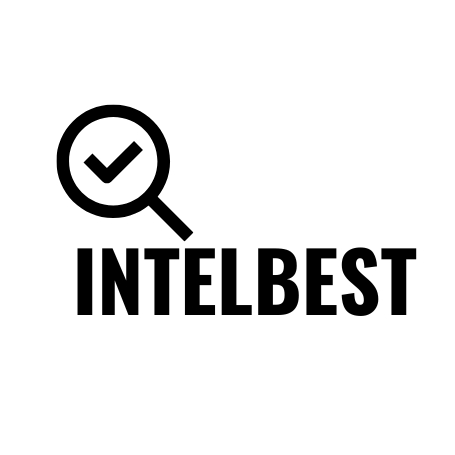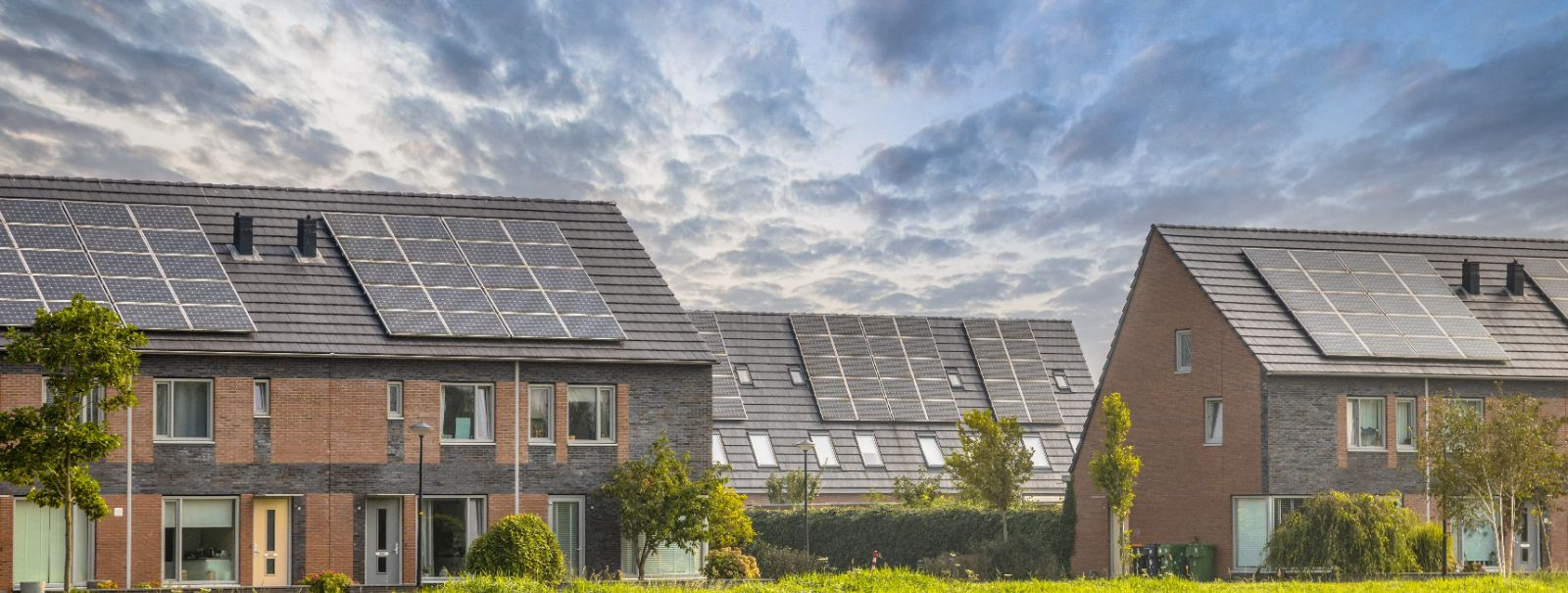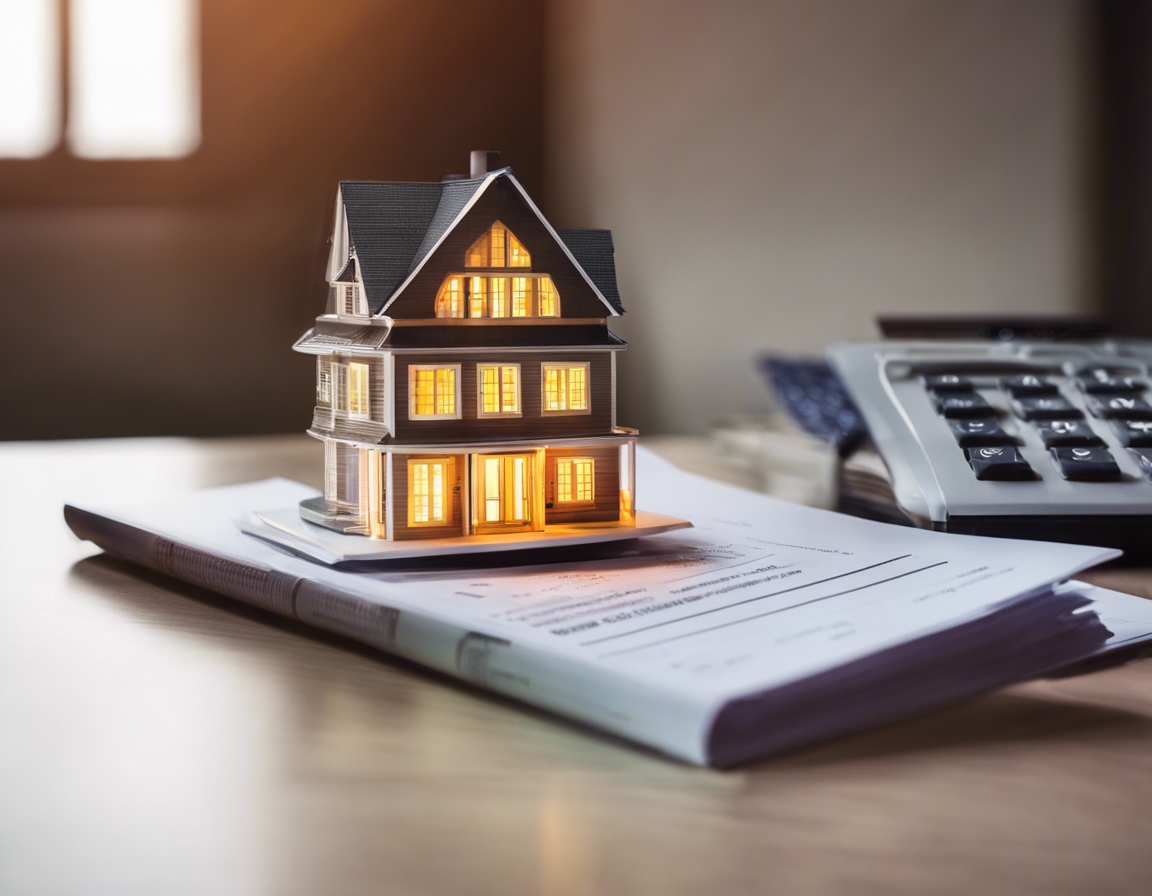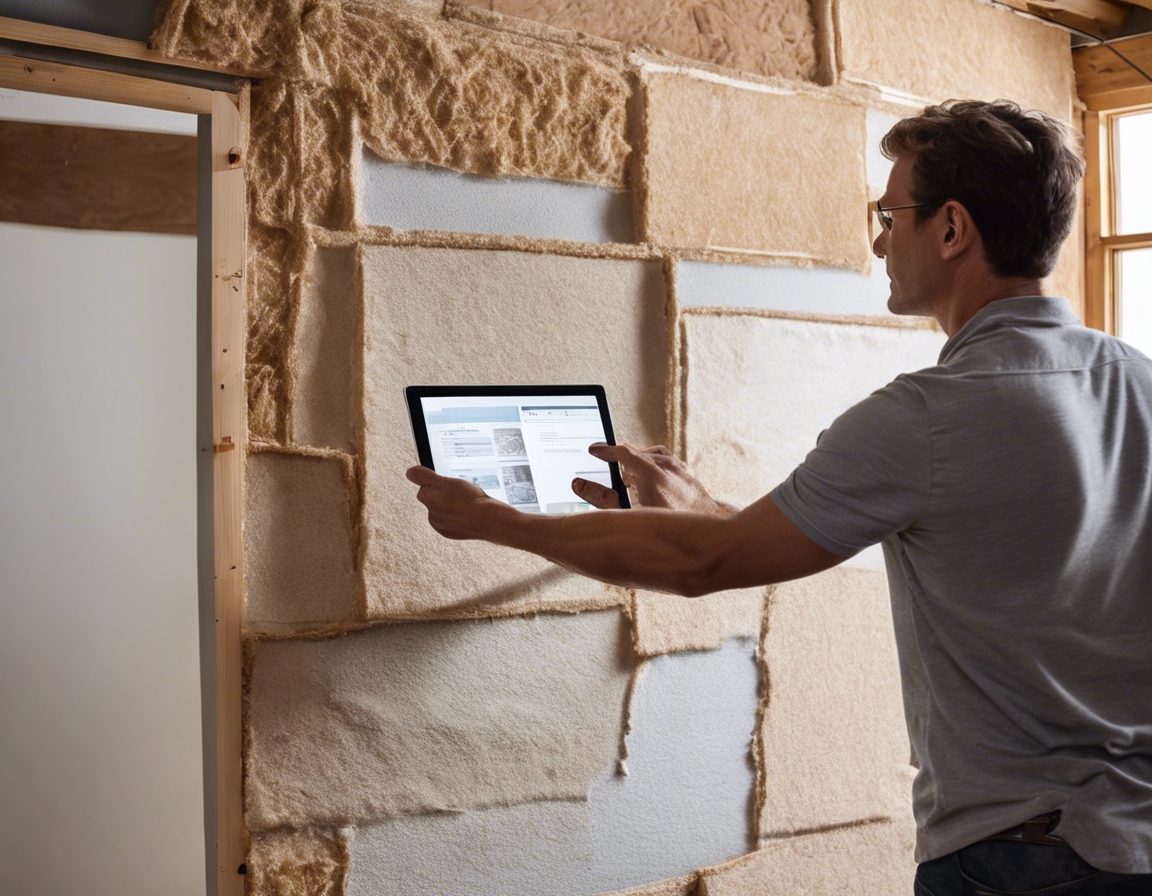Energy-saving advice: tips for a greener home
Energy consumption in homes is a significant part of the global energy use. It encompasses various aspects such as heating, cooling, lighting, and the operation of appliances and electronic devices. Understanding where and how energy is used in your home is the first step towards making it more energy-efficient.
Improving energy efficiency in homes is crucial for several reasons. It reduces energy bills, decreases the environmental impact by lowering greenhouse gas emissions, and enhances the comfort and value of your home. For property owners, real estate developers, and facility managers, energy efficiency is not just a cost-saving measure, but also a responsible step towards sustainability.
Assessing Your Home's Energy Use
A home energy audit is a thorough examination of how your home uses energy. A professional auditor can identify areas where you can make improvements to save energy and money. They will check for leaks, inspect insulation, measure the efficiency of heating and cooling systems, and evaluate your lighting and appliances.
Common energy drainers include outdated HVAC systems, poor insulation, inefficient lighting, and old appliances. By pinpointing these areas, you can prioritize your energy-saving efforts for the greatest impact.
Energy-Saving Solutions
Proper insulation and weatherization are among the most cost-effective ways to improve energy efficiency. This includes sealing air leaks and adding insulation to attics, walls, and floors. Weather-stripping and caulking can also prevent heat loss through doors and windows.
Optimizing your heating and cooling systems can lead to significant energy savings. This may involve upgrading to a high-efficiency furnace or air conditioner, installing programmable thermostats, or using fans and natural ventilation to reduce the need for air conditioning.
Smart home technology, such as smart thermostats and energy monitors, can help you manage your home's energy use more effectively. These devices allow you to control heating, cooling, and lighting remotely and can provide insights into your energy consumption patterns.
Switching to energy-efficient lighting, like LED bulbs, can reduce the energy consumption of your lighting by up to 75%. They also last longer, which means fewer replacements and less waste.
Water conservation is another aspect of a greener home. Low-flow fixtures, rainwater harvesting systems, and water-efficient appliances can all contribute to reducing water usage and the energy required to heat it.
Renewable Energy Options for Homes
Installing solar panels can significantly reduce your reliance on the grid and lower your energy bills. Solar power is a clean, renewable resource that can be used for electricity, heating, and hot water.
Residential wind turbines are another option for homeowners interested in generating their own renewable energy. While not suitable for every location, they can be a viable solution in windy areas.
Geothermal systems use the stable temperature of the earth to heat and cool your home more efficiently. They require a higher initial investment but can lead to substantial energy savings over time.
Behavioral Changes for Energy Savings
Simple changes in daily habits can have a big impact on your home's energy use. This includes turning off lights when not in use, using appliances during off-peak hours, and setting your thermostat a few degrees lower in winter and higher in summer.
Creating a culture of sustainability within your household involves educating family members about the importance of energy conservation and setting collective goals to reduce your environmental footprint. It's about making energy-saving a part of your daily life.






Comments (0)